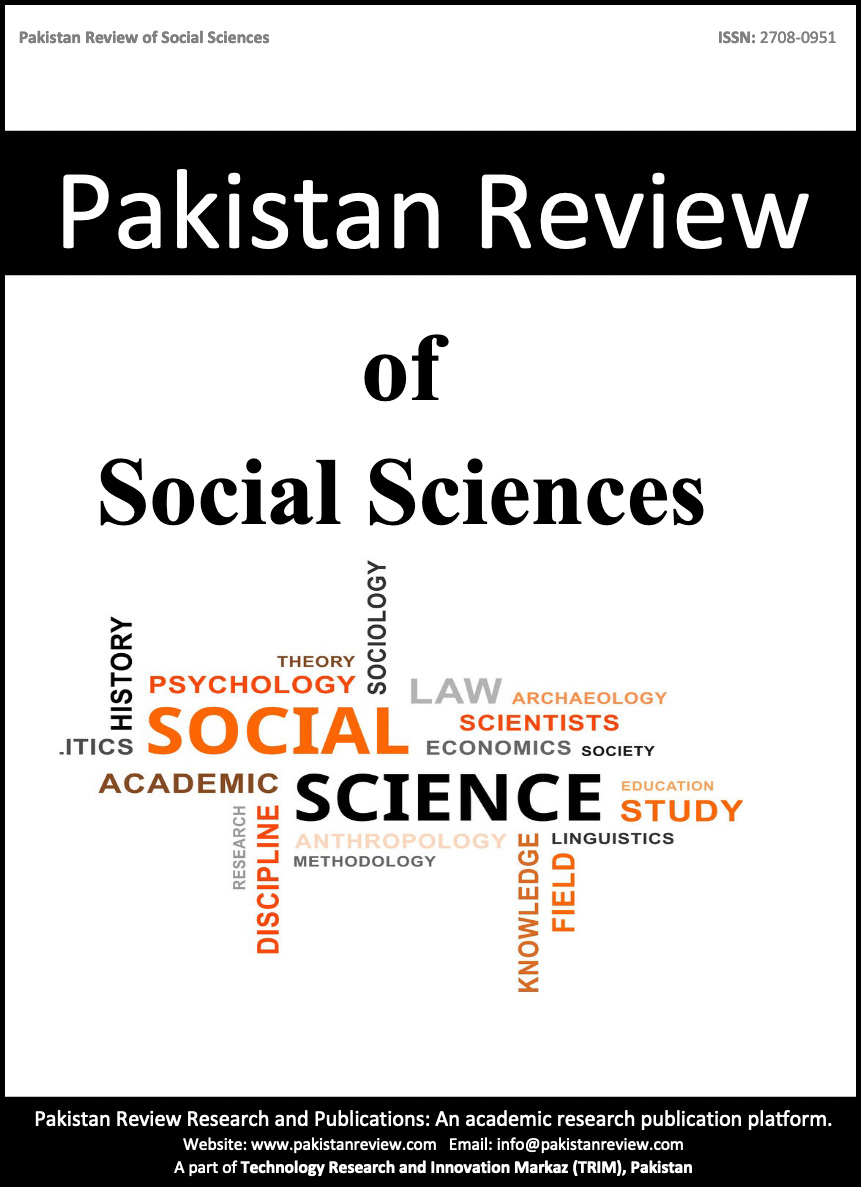The Experimental Study on Improving the Quality of Life of University Students in Chinese Medicine Institutions through Baduanjin Combined with Chinese Herbal Medicine Diet
Keywords:
Baduanjin, Chinese medicinal diet, University students of traditional Chinese medicine, Quality of lifeAbstract
To address the decline in quality of life among university students in traditional Chinese medicine institutions caused by subhealth conditions such as qi deficiency, blood insufficiency, and decreased cardiopulmonary function, this study employed an experimental research method. Sixty volunteer participants were randomly recruited and divided into three groups: ①Baduanjin exercise only (20 participants), ② medicinal diet only (20 participants), and ③Baduanjin combined with medicinal diet (20 participants). Using the eight dimensions of the SF-36 scale, significant differences among the three groups before and after the intervention were analyzed to demonstrate the comprehensive improvement in health and quality of life resulting from the combination of Baduanjin and medicinal diet.
The results indicated that the combined intervention group (Baduanjin + medicinal diet) showed the most effective outcomes. This group exhibited an average improvement ranging from 7.58% to 52.72% across nine health dimensions, including general health perception, with a notable 52.7% increase in health perception scores. Particularly significant improvements were observed among individuals with initially limited physical function (the highest increase in general health score reached 157%). In contrast, single interventions showed certain limitations: the Baduanjin-only group demonstrated significant mental health improvement, but 20% of participants experienced a decline in physical function (e.g., a 60% decrease in scores); the medicinal diet-only group showed some alleviation in physical activity restrictions, but over 60% of participants exhibited a decline in social function (e.g., a 38% reduction in social activity) and a general decrease in mental health (e.g., a 50% drop in scores). The combined intervention outperformed the medicinal diet-only approach by 50 percentage points in health perception improvement and by 30% in emotional well-being enhancement, effectively mitigating the risk of physical and mental imbalance associated with single therapy approaches. Based on these findings, it is recommended that university canteens establish “seasonal medicinal diet windows” offering standardized medicinal diets three times per week (such as heart-clearing lotus seed soup in spring and summer, and codonopsis and astragalus chicken stew in autumn and winter), along with developing seasonal health-preservation meal sets. Furthermore, personalized health management plans could be promoted by establishing traditional Chinese medicine constitution identification records, integrating smart wearable devices to monitor exercise intensity, tongue and pulse diagnosis, and quarterly SF-36 assessments to dynamically adjust health management strategies.
Downloads
Published
Issue
Section
License
Copyright (c) 2025 Zhubing Sun

This work is licensed under a Creative Commons Attribution 4.0 International License.
Submission declaration
Authors retain the copyright to their work and grant the Pakistan Review of Social Sciences (PRSS) the right of first publication under a Creative Commons Attribution 4.0 International (CC BY 4.0) license. This license allows others to share, adapt, and reuse the work for any purpose, including commercial use, as long as appropriate credit is given to the original authors and the journal.
By submitting a manuscript, authors confirm that the work has not been published previously (except as an abstract, lecture, or academic thesis), is not under review elsewhere, and has been approved by all authors and relevant authorities. Once accepted, the article will be openly accessible under the CC BY 4.0 license, ensuring wide dissemination and reuse with proper attribution.






